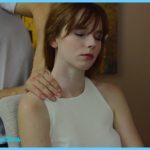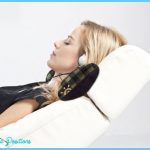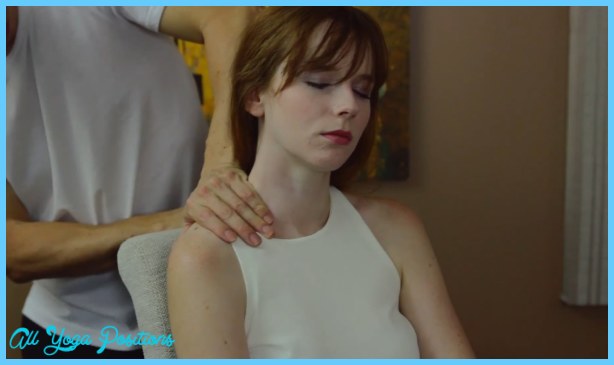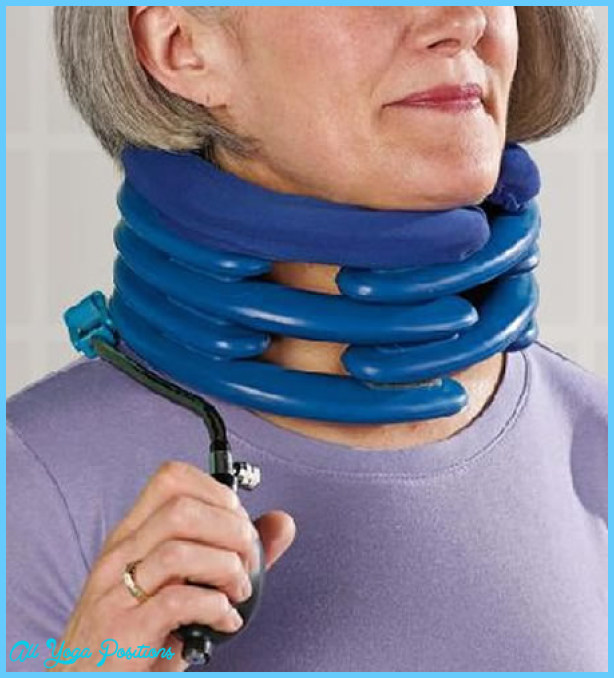Relaxation of the muscles of the neck poses certain problems. The head support muscles at the back of the neck and the head-twisting muscles must be identified and felt in tension and in relaxation.
a. Lie in your usual relaxation position and learn to recognize tension in these muscle groups with the tips of your fingers.
b. On Day One you identified muscle tension and related it to the proprium. Now you have to learn to recognize the state of tension only so that you can ‘unlearn’ it. This learning phase should not be over-long because it is the unlearning of this feeling that you have to master. There are so many proprioceptive messages involved in the balancing of a very heavy head on a relatively delicate neck bone structure that complete neck muscle relaxation is physiologically impossible except during deep anaesthesia. In neck relaxation you have to look for, and reinforce, such relaxed muscle groups as best you can. When relaxation of a muscle group poses a problem it often helps to go back to an earlier stage. Relaxing the arms and legs, so difficult to start with, helps to spread the process to other muscles. Eventually most of the neck responds to a simple working through of leg and arm relaxation processes, together with pendulum breathing.
a. This is more simply learned. The furrowed brow or anxious frown of the frustrated and anxious face is easy to feel and thus possible to relax in the normal ‘feel it to lose it’ routine. Sometimes if problems persist read the Group 3 section for Day Six and use these face and head massage routines (1 to 4). The muscles around the mouth and cheeks respond quite easily. The relaxed mouth is, remember, one that is ever so slightly parted.
b. Eye specialists doubt if there is such a condition as ‘eye strain’. But many victims know the symptoms of strain around the eyes only too well, despite what the doctors say on the subject. The feeling of tension in eye strain is experienced if you look at a finger held about six inches (15 cm) in front of your nose and then gradually raise the finger until it disappears from your field of vision. The eyes are, of course, moved by muscles, and another set of muscles controls the eyelids and skin around the eyes. Relaxation of these muscles is experienced by looking slightly down (a demure glance) and by saying, ‘My eyes are falling back a little into their sockets.’ See also pages 214 to 215.












